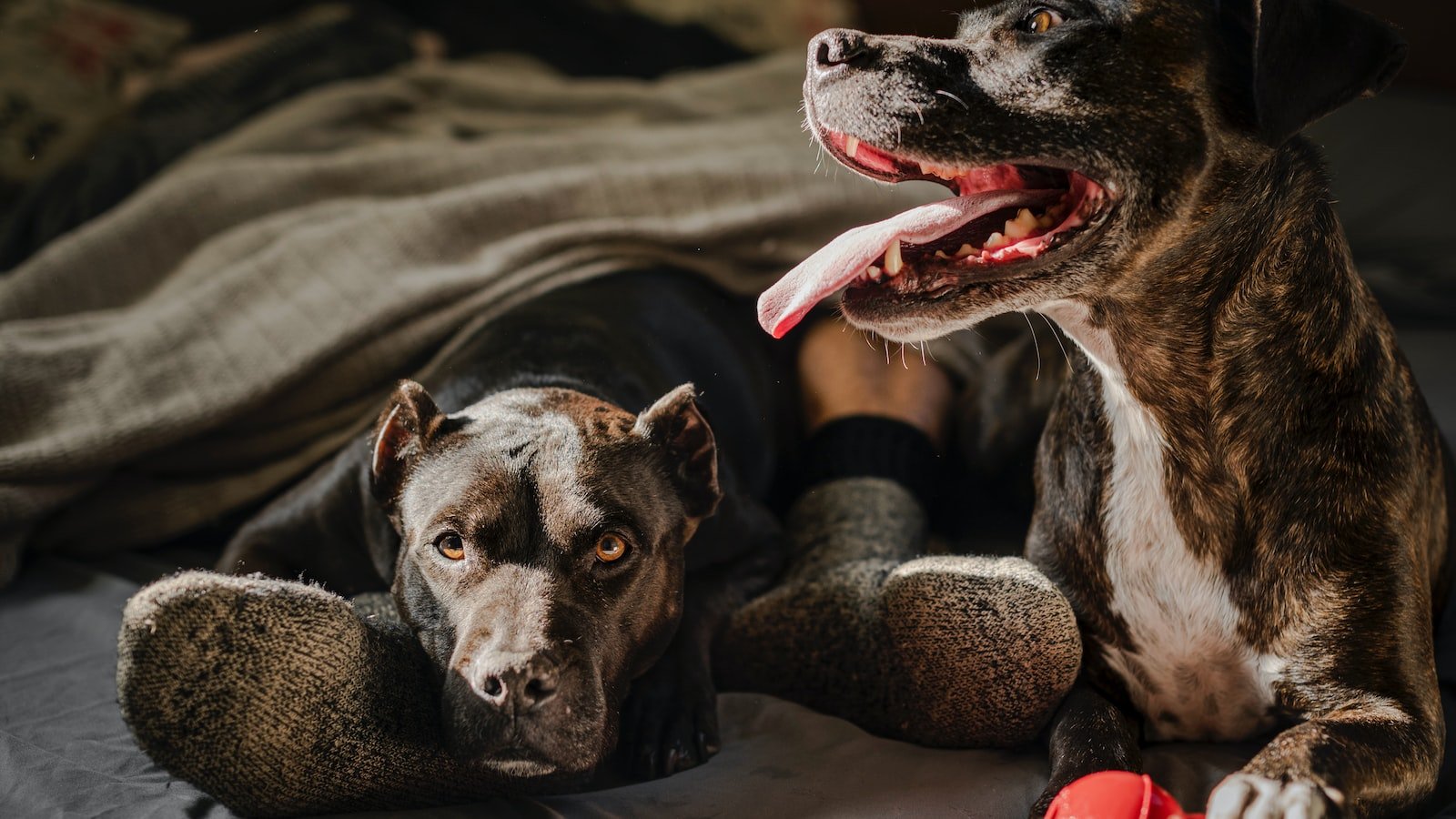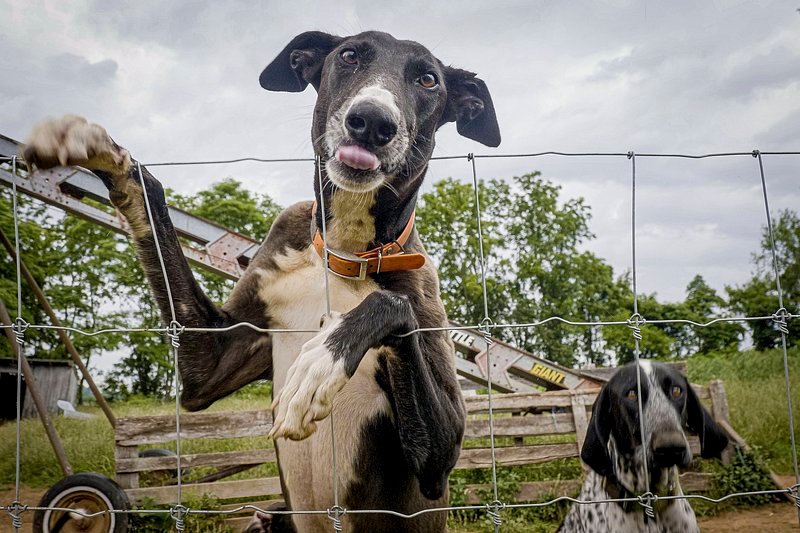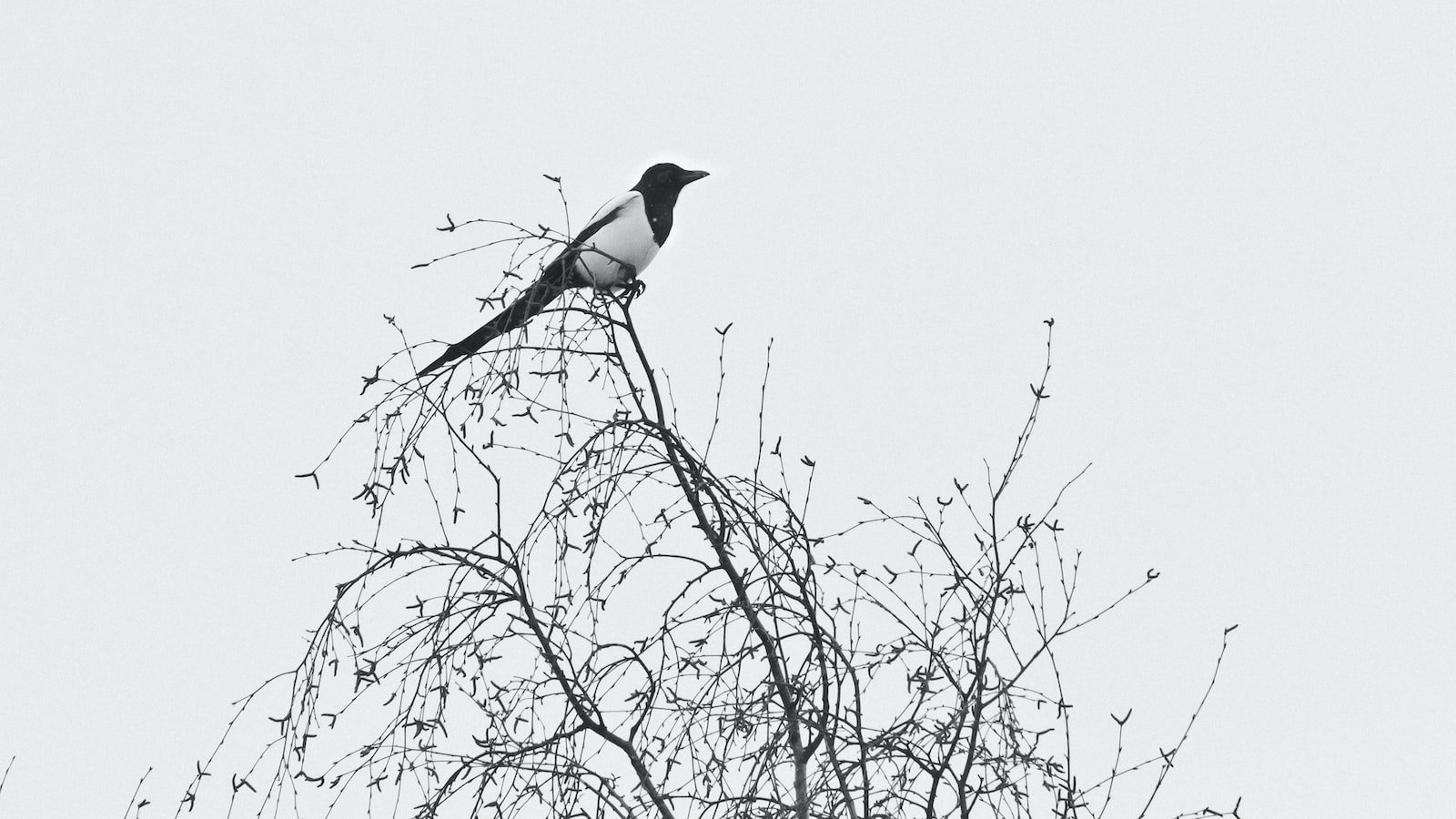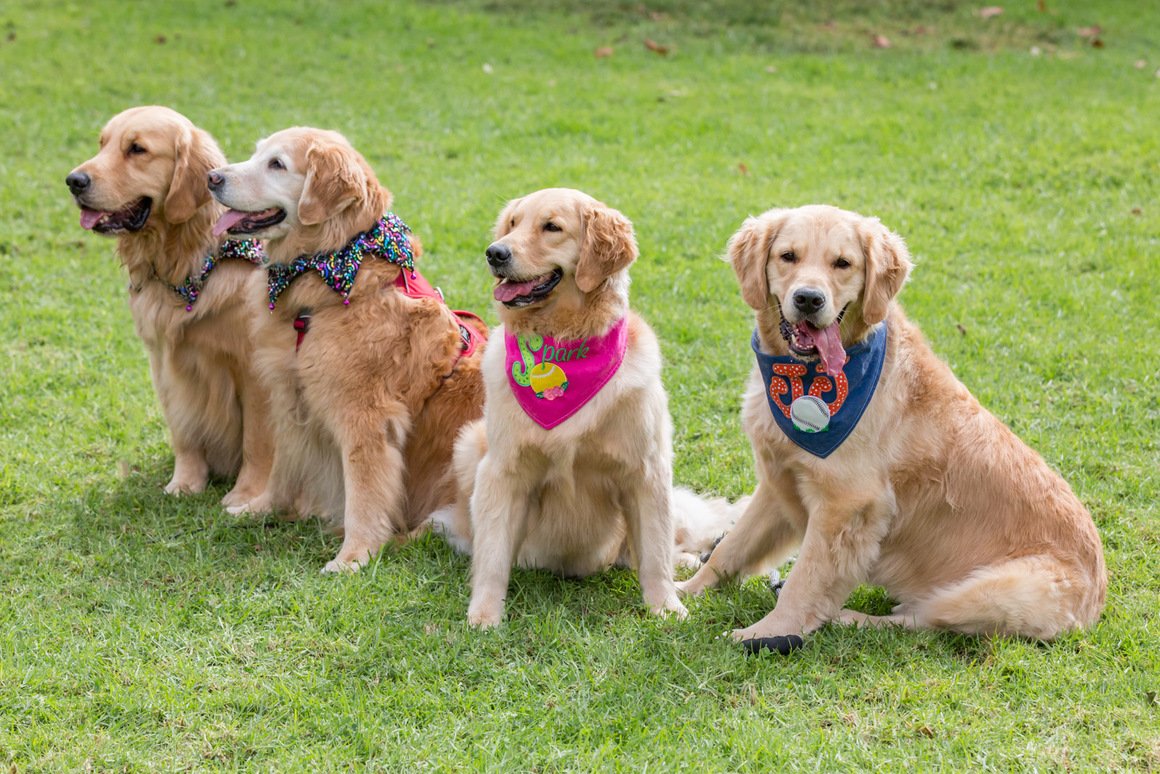In the whimsical world of our furry friends, dogs often dazzle us with their endearing quirks and peculiar behaviors. From tail-chasing escapades to eyebrow-raising mischief, their antics never fail to amuse and amaze. However, amidst this delightful tapestry of canine charm, there are moments when our faithful companions display habits that veer off into a rather puzzling territory. Enter Pica – a curious condition where dogs develop an insatiable appetite for non-food items, leading to potential health hazards and exasperated pet parents. If you find your dog gnawing on shoes, devouring socks, or even munching on rocks, fear not, for this article unveils the art of dog training for Pica, offering valuable insights to bring back harmony and a sense of sanity to your canine cohabitation. So, gather your wits and leave no chewed-up slipper unturned as we embark on a journey to understand and address this perplexing eating habit gone awry.
Table of Contents
- Unleashing Pica in Dogs: Understanding the Curious Eating Disorder
- Cracking the Code: Unraveling the Causes behind Pica in Canines
- Strategies for Taming Pica: Effective Training Techniques and Tips
- Mouthfuls of Safety: Ways to Prevent Pica-related Accidents in Dogs
- A Wholesome Meal Plan: Essential Dietary Adjustments for Dogs with Pica
- Q&A
- To Conclude

Unleashing Pica in Dogs: Understanding the Curious Eating Disorder
Have you ever caught your furry friend nibbling on something strange? Dogs, known for their curious nature, occasionally display a peculiar eating habit known as Pica. Pica refers to the consumption of non-food items and can range from harmless behaviors like chewing on grass to potentially dangerous actions like swallowing rocks, toys, or even parts of clothing.
A deeper comprehension of this fascinating eating disorder can help dog owners identify signs, prevent potential hazards, and ensure their pup’s well-being. Here are some noteworthy aspects to consider:
- Anomalies in Diet: Pica can often be a sign of nutritional deficiencies in dogs. It’s essential to provide a well-balanced diet suited to their age, size, and breed to minimize the urge to explore non-edible objects as alternatives.
- Environmental Factors: Stress, boredom, or a lack of mental stimulation can be triggers for dogs to engage in pica behavior. Ensuring a stimulating environment filled with toys, regular exercise, and companionship can help divert their attention.
- Health Concerns: In some cases, Pica can be an indication of an underlying health issue. Gastrointestinal problems, dental pain, or hormonal imbalances may contribute to the development of this behavior. Regular veterinary check-ups are vital to address any underlying health concerns.
- Training and Management: Basic obedience training, command reinforcement, and proper supervision can aid in managing and redirecting a dog’s eating habits. Following a consistent routine, discouraging access to potentially harmful items, and rewarding positive behavior are key strategies.
Awareness is crucial when dealing with Pica in dogs. By providing a nutritious diet, a stimulating environment, and regular veterinary care, you can help your beloved companion lead a happy, healthy, and rock-free life!

Cracking the Code: Unraveling the Causes behind Pica in Canines
When you see your beloved canine friend munching on random objects like rocks, socks, or even dirt, it’s likely they might be suffering from a condition called Pica. Pica is an eating disorder characterized by the consumption of non-food items, and it can be a distressing behavior for both dogs and their owners. While the exact causes of Pica in canines have remained a mystery for years, recent research has shed light on several potential factors that contribute to this perplexing behavior.
- Nutritional Deficiencies: One possibility is that Pica occurs as a result of nutrient deficiencies in a dog’s diet. Certain minerals and vitamins, such as iron or zinc, may be lacking, driving dogs to seek alternative sources in non-edible substances. It’s crucial to ensure your furry companion is receiving a well-balanced diet to mitigate any deficiencies that may trigger Pica.
- Boredom or Anxiety: Dogs are intelligent and social animals that require mental and physical stimulation. When they are left alone for long periods without proper exercise or mental engagement, they may turn to chewing and ingesting inappropriate items as a form of entertainment or to alleviate anxiety. Ensuring your pup has plenty of toys, exercise, and companionship can help prevent these behaviors.
- Medical Conditions: Pica can also be a symptom of an underlying medical condition. Gastrointestinal issues like inflammatory bowel disease or parasites can cause discomfort, leading dogs to seek relief by ingesting non-food items. Consulting with a veterinarian is essential to rule out any potential medical causes contributing to your dog’s Pica.
By understanding the potential causes of Pica in canines, pet owners can take proactive steps to address and prevent this behavior. Remember, patience, training, and a healthy lifestyle are key to helping your four-legged friend overcome the urge to indulge in odd munching habits.

Strategies for Taming Pica: Effective Training Techniques and Tips
When it comes to managing pica, a disorder characterized by the consumption of non-nutritive substances, effective training techniques and tips can make a world of difference. Here are some strategies to help you tame pica and promote healthier behaviors:
- Positive reinforcement: Rewarding desired behaviors can be a powerful tool in training individuals with pica. Offer praise, treats, or other incentives when your loved one refrains from engaging in pica-related behaviors.
- Redirect and replace: Provide alternative activities or objects to distract and redirect their attention away from consuming non-food items. Encourage engagement in hobbies, provide chewable toys, or engage them in activities that keep their hands and mouth busy. This way, they can channel their urge to engage in pica towards more appropriate behaviors.
- Set clear boundaries: Establish rules and boundaries around what can and cannot be consumed. Communicate these boundaries clearly and consistently, redirecting them towards safe and appropriate alternatives when necessary. Consistency is key in reinforcing what is acceptable and what isn’t.
- Modify the environment: Remove or limit access to non-food items that are frequently targeted for consumption. Keep hazardous substances out of reach, secure cabinets, and use childproof locks if necessary. It’s important to create a safe environment that minimizes the risk of pica.
- Seek professional help: If pica persists or poses serious health risks, it is crucial to consult with medical professionals or specialists experienced in treating this disorder. They can provide specialized knowledge, support, and guidance tailored to your loved one’s specific needs.
Remember, taming pica requires patience, understanding, and an individualized approach. By implementing these strategies, you can help your loved one overcome pica and improve their overall well-being.

Mouthfuls of Safety: Ways to Prevent Pica-related Accidents in Dogs
Dogs are curious creatures and will often explore the world around them with their mouths. However, this behavior can sometimes lead to pica-related accidents, where dogs ingest non-food items that can be harmful to their health. As responsible pet owners, it’s crucial to take proactive steps to prevent these incidents and keep our furry companions safe.
1. Ensure a Safe Environment:
- Regularly inspect your home and outdoor areas for potential hazards such as small toys, socks, or sharp objects that could be tempting for your dog to chew on.
- Secure trash cans with lids or keep them in a closed cabinet to prevent access to potentially dangerous items.
- Use baby gates or pet-proof certain areas of your home to limit your dog’s access to rooms with hazardous substances like cleaning products or medications.
2. Offer Appropriate Chewing Alternatives:
- Provide your dog with a variety of safe chew toys and bones to satisfy their natural urge to chew. Look for products specifically designed for dogs, avoiding items that can easily be swallowed or splinter.
- Rotate the toys regularly to keep your dog engaged and prevent them from becoming bored with their options.
- Consider using puzzle toys or treat-dispensing toys that stimulate mental activity and provide a rewarding chewing experience.
3. Maintain a Healthy Diet and Routine:
- Ensure your dog receives a balanced and nutritious diet to minimize any nutritional deficiencies that might lead to pica behavior.
- Stick to a regular feeding schedule and avoid free-feeding to prevent hunger-driven exploration and potential ingestion of non-food items.
- Monitor your dog’s weight and overall health with regular visits to the veterinarian, as certain medical conditions may contribute to pica tendencies.
By implementing these preventive measures, we can reduce the risk of pica-related accidents in our beloved canine companions, keeping them happy, healthy, and out of harm’s way.
A Wholesome Meal Plan: Essential Dietary Adjustments for Dogs with Pica
Dogs with Pica, a condition where they eat non-food items, require a dietary adjustment to ensure their nutritional needs are met. Implementing a wholesome meal plan is crucial to address this issue effectively. Here are some essential dietary adjustments that can help:
- Balance the diet: Ensuring a well-balanced diet is vital for dogs with Pica. Include high-quality, nutritionally balanced dog food that provides the necessary vitamins, minerals, and nutrients to promote overall health.
- Increase fiber intake: Incorporating fiber-rich foods in your dog’s diet can help reduce Pica cravings. Vegetables like pumpkin, sweet potatoes, and green beans are excellent sources of fiber. Consider adding them to your dog’s meals.
- Provide chew toys: To redirect their chewing behavior, offer appropriate chew toys that are safe and durable. This can help divert their attention from non-food items and fulfill their natural urge to chew.
- Supplement with probiotics: Adding a probiotic supplement to your dog’s diet can aid in improving their digestive system. It helps maintain a healthy gut environment and may reduce the occurrence of Pica.
Remember, it is essential to consult with your veterinarian before making any significant dietary adjustments. They can provide professional guidance tailored to your dog’s specific needs and ensure a well-rounded and wholesome meal plan that addresses their Pica tendencies.
Q&A
What is pica in dogs?
Pica in dogs refers to a condition where they develop a compulsive urge to eat non-edible objects, such as rocks, plastic, or clothing.
Why do dogs develop pica?
There can be various reasons for the development of pica in dogs, including anxiety, boredom, nutritional deficiencies, or even medical conditions.
What are some common signs of pica in dogs?
Signs of pica in dogs may include frequent vomiting, diarrhea, constipation, loss of appetite, or even foreign objects found in their stool.
How can dog owners prevent pica?
Preventing pica in dogs involves ensuring they have a balanced diet, providing mental and physical stimulation, and keeping all non-edible objects out of their reach.
Is professional training necessary for dogs with pica?
Professional training is highly recommended for dogs with pica, as it can help address the underlying causes and modify their behavior through positive reinforcement techniques.
Can medication be used to treat pica in dogs?
In some cases, medication may be prescribed by a veterinarian to help manage pica in dogs, especially if it is related to an underlying medical condition or behavior disorder.
How long does it take to train a dog with pica?
The duration of dog training for pica can vary depending on the severity of the condition and the dog’s response to training. It can take several weeks to months of consistent training for noticeable improvements.
What should a dog owner do if their dog ingests a non-edible object?
If a dog ingests a non-edible object, it is important to contact a veterinarian immediately, as it may require medical intervention to prevent any complications, such as intestinal blockages.
Are there any natural remedies for pica in dogs?
While natural remedies like providing appropriate chew toys and using taste deterrent sprays may help, it is recommended to consult with a veterinarian to address the specific needs of a dog with pica.
Is pica a lifelong condition in dogs?
In many cases, with proper training, management, and addressing the underlying causes, pica can be significantly reduced or eliminated in dogs, allowing them to lead a normal, healthy life.
To Conclude
In conclusion, the journey of dog training for pica is no easy feat, but with patience, understanding, and a little creativity, we can guide our furry companions towards healthier eating habits. Remember, dogs are complex creatures with their own quirks, and it’s our responsibility as pet owners to cultivate a safe environment for them.
Through this article, we have discovered that pica is not an insurmountable obstacle, but rather an opportunity for growth and transformation. By identifying the root causes and implementing targeted strategies, we can help our dogs overcome this misguided desire for non-food items. Whether it’s rearranging the living space, introducing puzzle toys, or simply replacing unsuitable items with dog-approved alternatives, there are countless ways to redirect their attention towards healthier choices.
Above all, let us remember the power of positive reinforcement as we embark on this training journey. By showering our dogs with love, praise, and rewards, we can help them understand that positive behaviors are deserving of celebration. Every small step they take towards conquering pica should be acknowledged and rewarded – after all, it is progress that we strive for, not perfection.
So let us embark on this adventure with open hearts and open minds, embracing the challenges and celebrating the victories along the way. With diligence, consistency, and a touch of creativity, we can help our beloved pets reclaim their natural instincts and lead them towards a life filled with healthy eating habits. Together, we can shape a brighter future for our furry companions and ensure their well-being in body, mind, and spirit.
Remember, dog training for pica is not just about teaching our dogs to make better choices; it’s about deepening the bond between us and our loyal companions. Through patience, understanding, and a whole lot of love, we can guide them through this journey and unlock the true potential that lies within each and every one of them.
So, let us embark on this thrilling adventure, hand in paw, and witness the incredible transformation as our dogs turn their pica-induced chaos into the harmonious melody of healthy eating habits!
As an affiliate, my content may feature links to products I personally use and recommend. By taking action, like subscribing or making a purchase, you’ll be supporting my work and fueling my taco cravings at the same time. Win-win, right?
Want to read more? Check out our Affiliate Disclosure page.